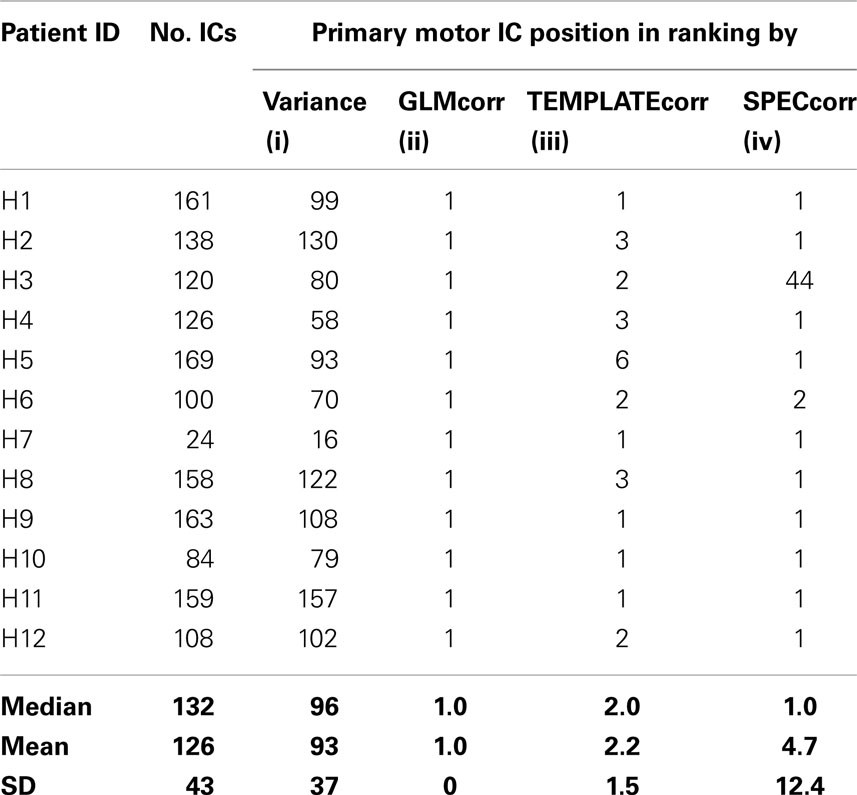Statement 133 Implementation Issue No H9
Post on: 11 Май, 2015 No Comment

Statement 133 Implementation Issue No. H9
Date cleared by Board:
December 13, 2000
QUESTION
Can an entity use, as the hedging instrument in a net investment hedge, a compound derivative that has multiple underlyings — one based on foreign exchange risk and one or more not based on foreign exchange risk?
BACKGROUND
Paragraph 18 states, in part:
Either all or a proportion of a derivative may be designated as the hedging instrument. The proportion must be expressed as a percentage of the entire derivative so that the profile of risk exposures in the hedging portion of the derivative is the same as that in the entire derivative. (Thus, an entity is prohibited from separating a compound derivative into components representing different risks and designating any such component as the hedging instrument, except as permitted at the date of initial application by the transition provisions in paragraph 49.)
Paragraph 42 states:
A derivative instrument or a nonderivative financial instrument that may give rise to a foreign currency transaction gain or loss under Statement 52 can be designated as hedging the foreign currency exposure of a net investment in a foreign operation. The gain or loss on a hedging derivative instrument (or the foreign currency transaction gain or loss on the nonderivative hedging instrument) that is designated as, and is effective as, an economic hedge of the net investment in a foreign operation shall be reported in the same manner as a translation adjustment to the extent it is effective as a hedge. The hedged net investment shall be accounted for consistent with Statement 52; the provisions of this Statement for recognizing the gain or loss on assets designated as being hedged in a fair value hedge do not apply to the hedge of a net investment in a foreign operation.
Paragraph 477 states, in part, Net investment hedges are subject only to the criteria in paragraph 20 of Statement 52.

RESPONSE
No. An entity cannot use a compound derivative that has multiple underlyings-one based on foreign exchange risk and one or more not based on foreign exchange risk-as the hedging instrument in a net investment hedge, except as indicated below for certain cross-currency interest rate swaps.
A receive-floating-rate, pay-floating-rate cross-currency interest rate swap can be designated as the hedging instrument in a net investment hedge provided the following conditions are met: (1) the interest rates are based on the same currencies contained in the swap, and (2) both legs of the swap have the same repricing intervals and dates. In addition, a receive-fixed-rate, pay-fixed-rate cross-currency interest rate swap can be designated as the hedging instrument in a net investment hedge. Based on the guidance in Statement 133 Implementation Issue No. J6, Fixed-Rate Currency Swaps, a cross-currency interest-rate swap that has two fixed legs is not a compound derivative and, therefore, is not subject to the above criteria. Under the guidance in this Issue, a cross-currency interest rate swap with one fixed-rate leg and one floating-rate leg may not be designated as the hedging instrument in a net investment hedge. Detailed guidance on the measurement of hedge effectiveness for net investment hedges where the hedging instrument has multiple underlyings is provided in Statement 133 Implementation Issue No. H8, Measuring the Amount of Ineffectiveness in a Net Investment Hedge.
Statement 133 essentially retained hedge accounting for net investment hedges under FASB Statement No. 52, Foreign Currency Translation, except that a hedging derivative must now be reported at fair value and the premium or discount cannot be accounted for separately. Statement 52 permitted only transaction gains and losses attributable to a foreign currency transaction that is designated as, and is effective as, an economic hedge of a net investment in a foreign entity to be reported in the cumulative translation adjustment (CTA) portion of other comprehensive income. Similarly, paragraph 42 of Statement 133 requires the derivative’s gain or loss to be reported in CTA to the extent it is effective as an economic hedge. Because of Statement 133’s intended consistency with Statement 52 regarding the amount of the gain or loss related to the hedging instrument that may be reported in CTA, Statement 133 intended that a derivative with an underlying based solely on foreign exchange rates may qualify as the hedging instrument under paragraph 42. Thus, Statement 133 does not permit a compound derivative that involves an underlying that is not based on foreign-currency risk (for example, the price of gold or the price of an S&P 500 contract) to be designated as the hedging instrument in a net investment hedge, except as indicated in the paragraph above for certain cross-currency interest rate swaps. That exception for certain cross-currency interest rate swaps is compatible with the underlying objective of Statement 52 because of the close interrelationship between currency rates and interest rates and because of the restrictions placed on the type of cross-currency interest rate swap that may be designated as a net investment hedge. A cross-currency interest rate swap that has either two floating legs or two fixed legs has a fair value that is primarily driven by changes in foreign exchange rates rather than changes in interest rates. Therefore, foreign exchange risk, rather than interest rate risk, is the dominant risk exposure in such a swap.
The above response has been authored by the FASB staff and represents the staff’s views, although the Board has discussed the above response at a public meeting and chosen not to object to dissemination of that response. Official positions of the FASB are determined only after extensive due process and deliberation.














